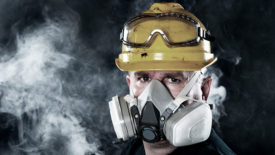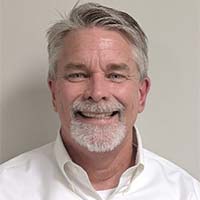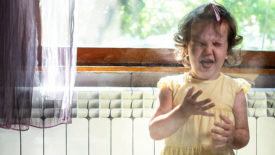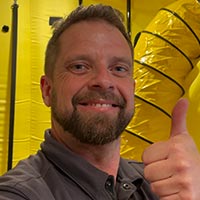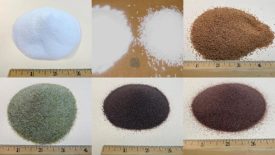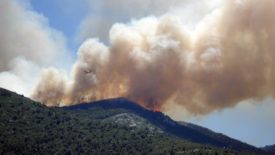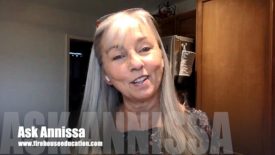Fire and Smoke Damage Restoration
Coverage of the people, tools and techniques related to fire and smoke damage restoration. Insights on assessing, cleaning, repairing and rebuilding property affected by flames, smoke and soot.
ARTICLES
Real Stories: Finding Your Niche in a Competitive Restoration Market
Ask the Expert
April 1, 2022
Real Stories: Scaling CAT Restoration Services With Avelina Lamb
Ask the Expert
March 17, 2022
Get our new eMagazine delivered to your inbox every month.
Stay in the know on the latest disaster restoration and remediation trends.
SUBSCRIBE TODAY!Copyright ©2022. All Rights Reserved BNP Media.
Design, CMS, Hosting & Web Development :: ePublishing
